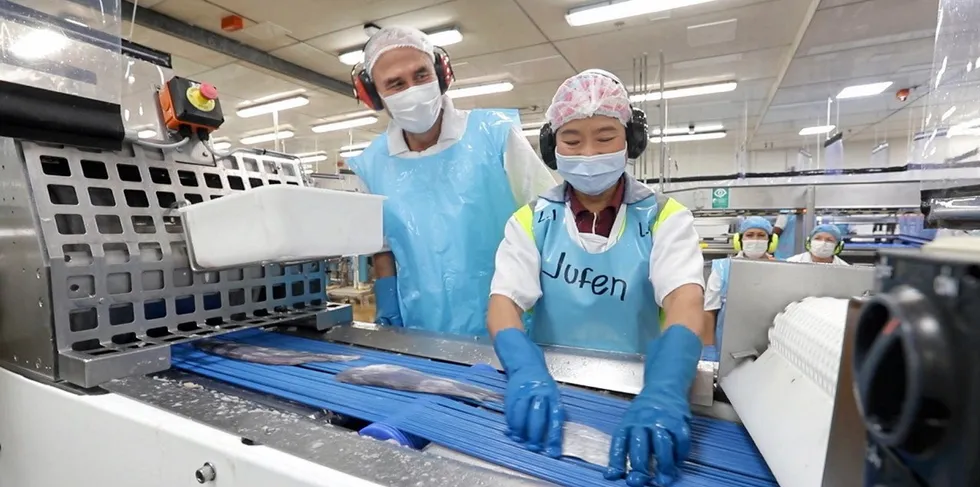CEO of New Zealand seafood giant Sealord takes to the processing floor as worker shortage worsens
In a company first, office staff have been asked to work on the factory floor as New Zealand's labor issues make their presence truly felt.

In a company first, office staff have been asked to work on the factory floor as New Zealand's labor issues make their presence truly felt.
